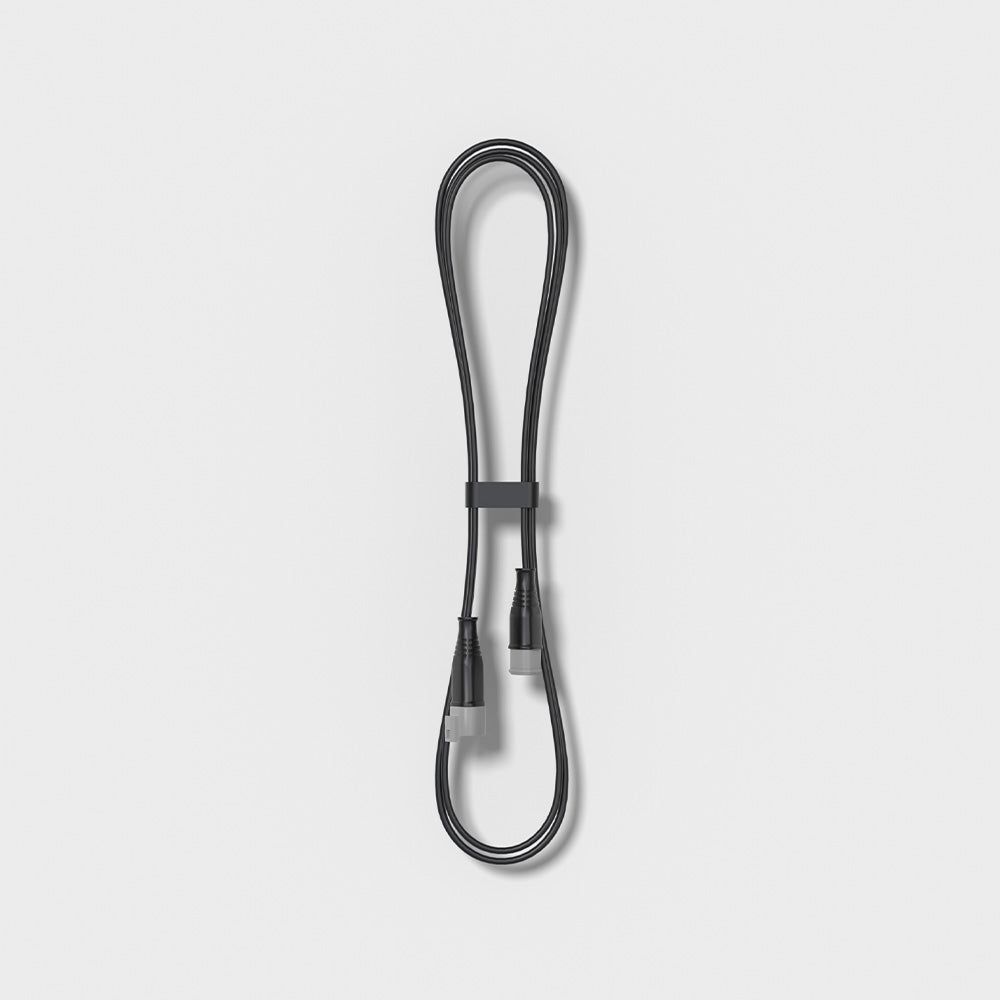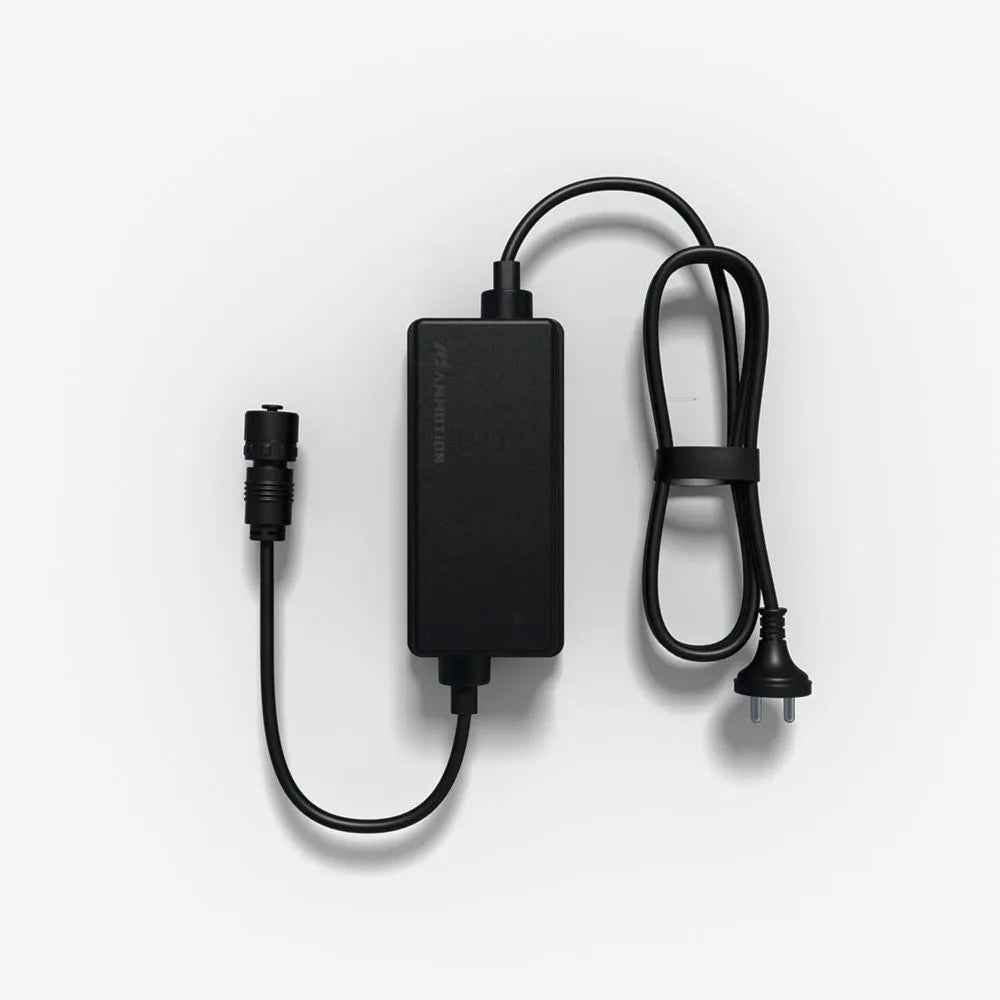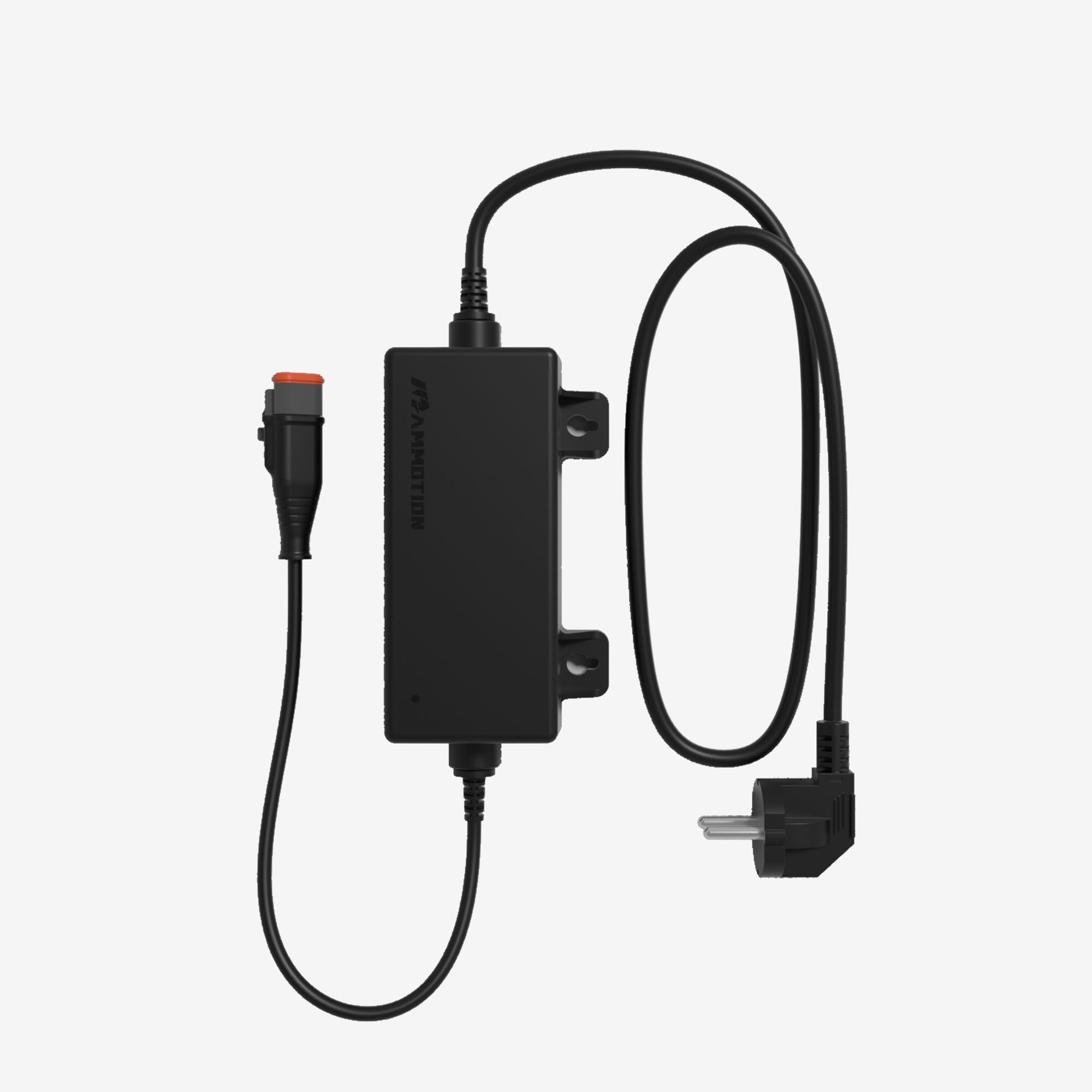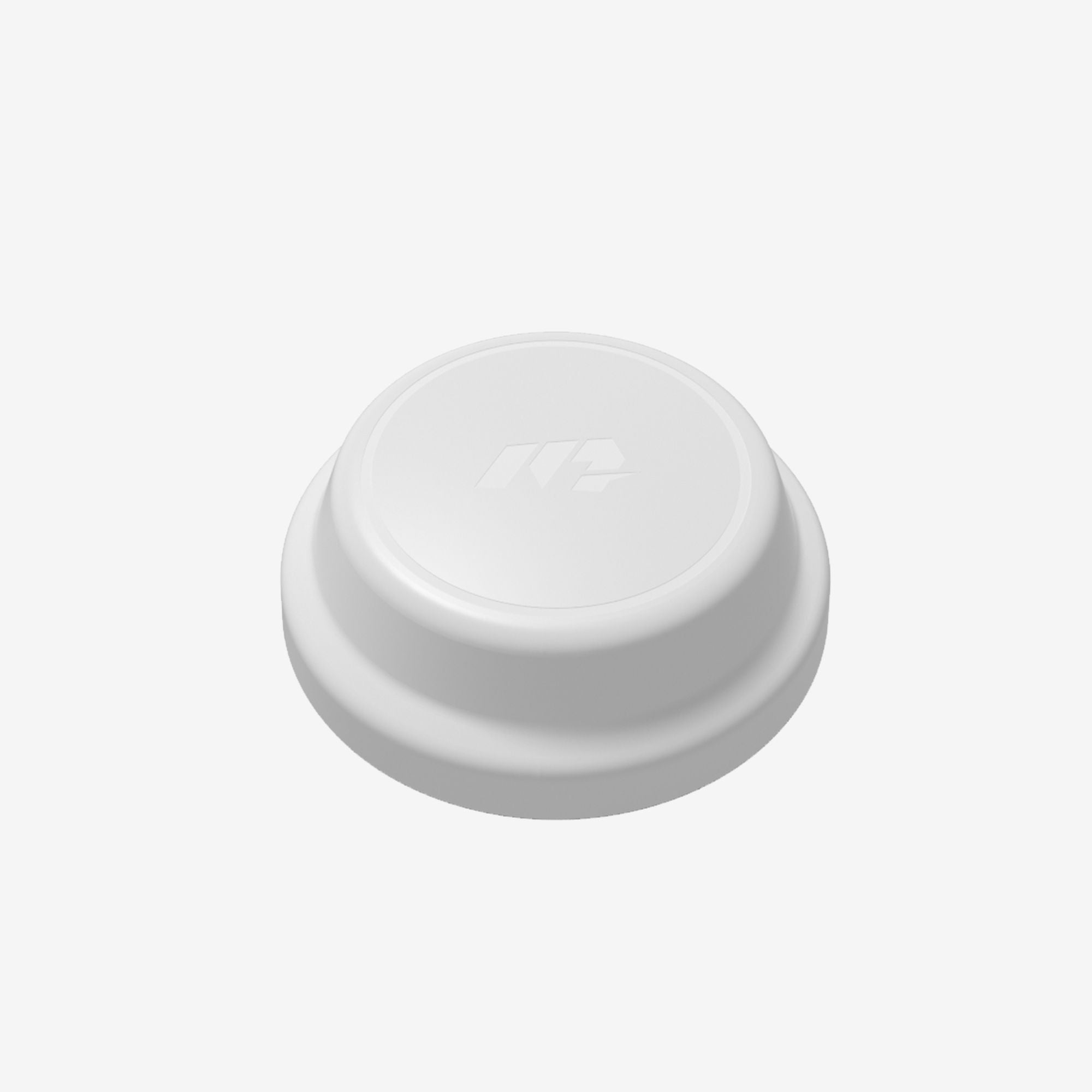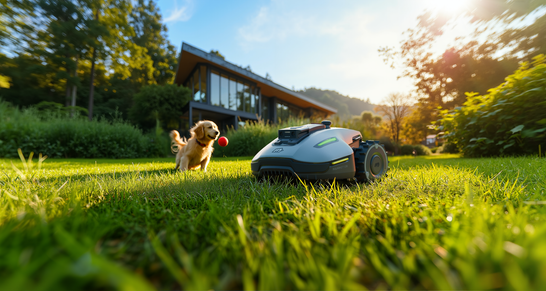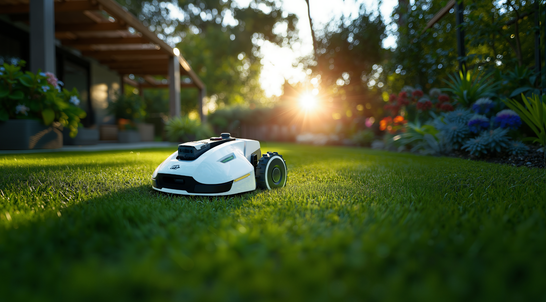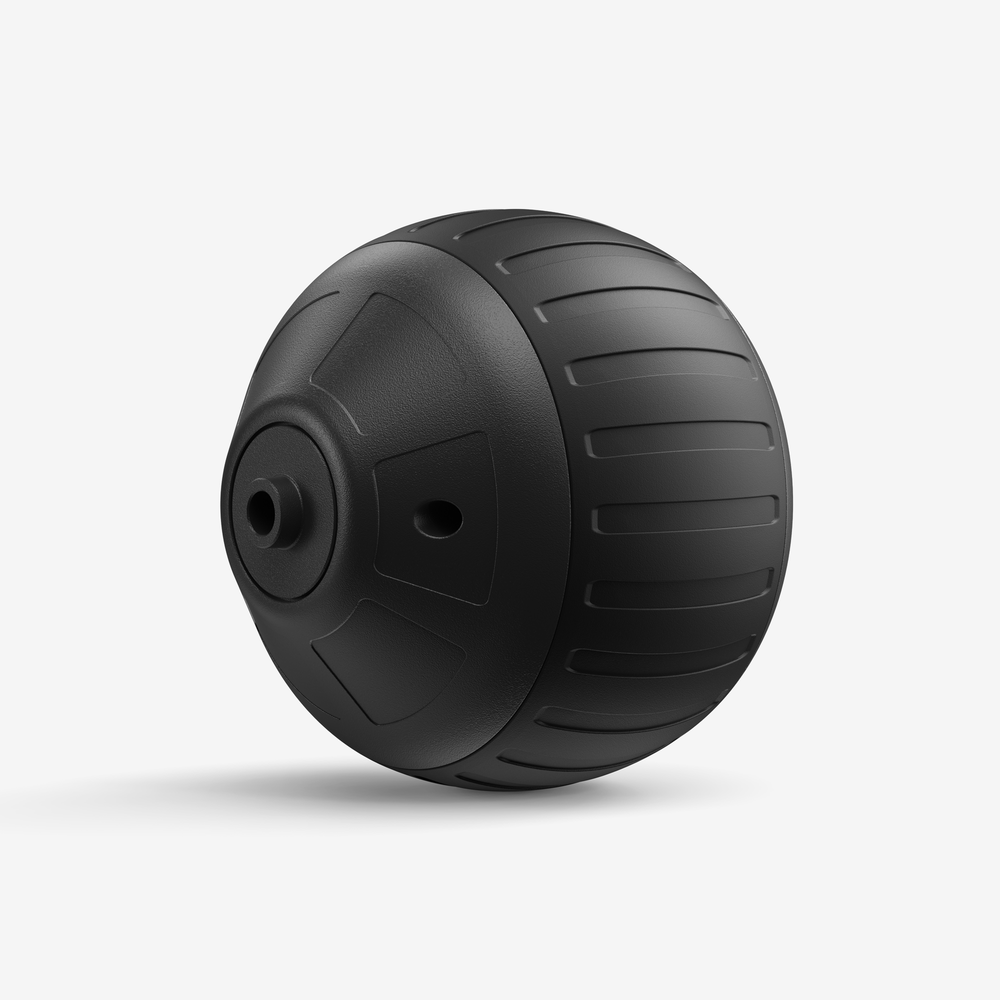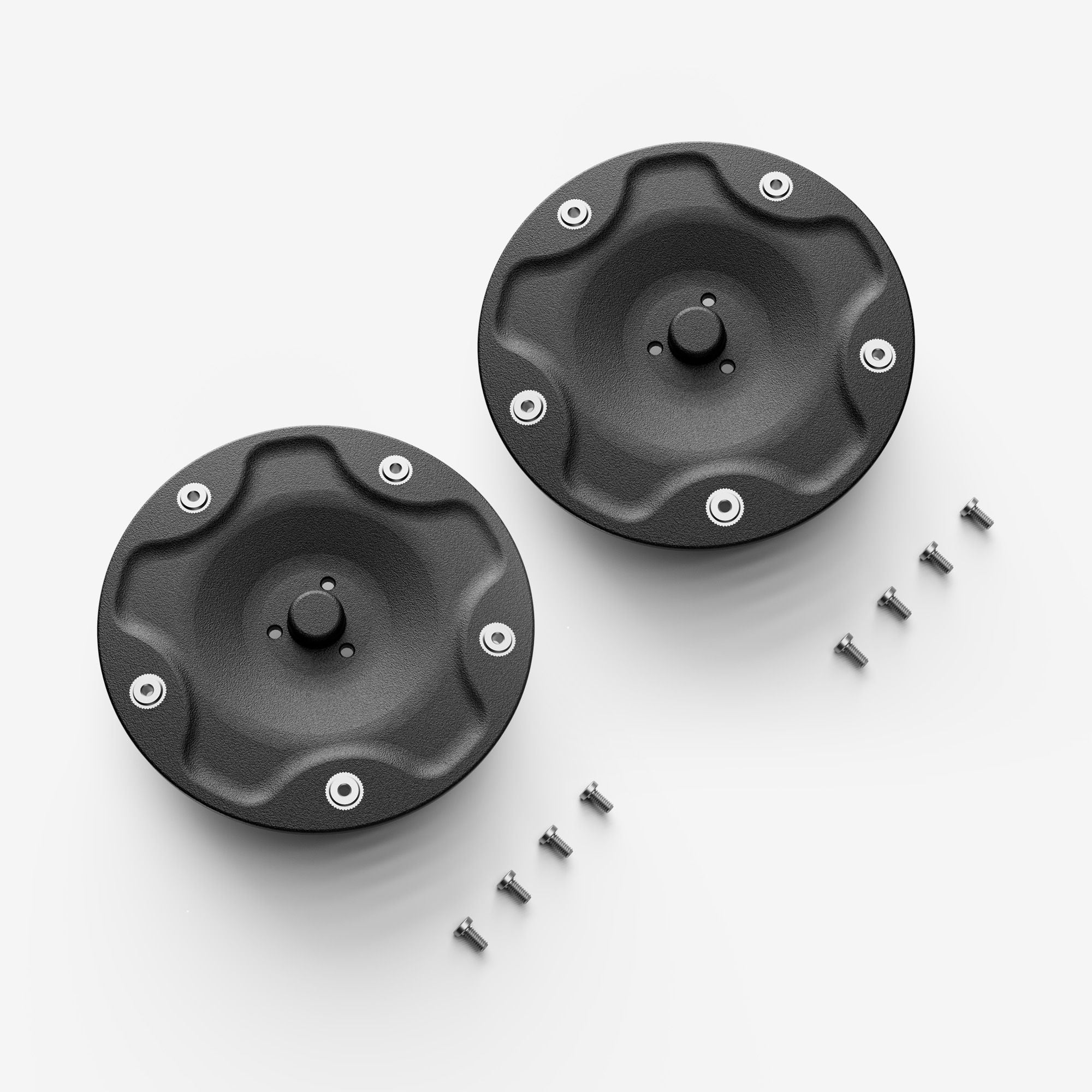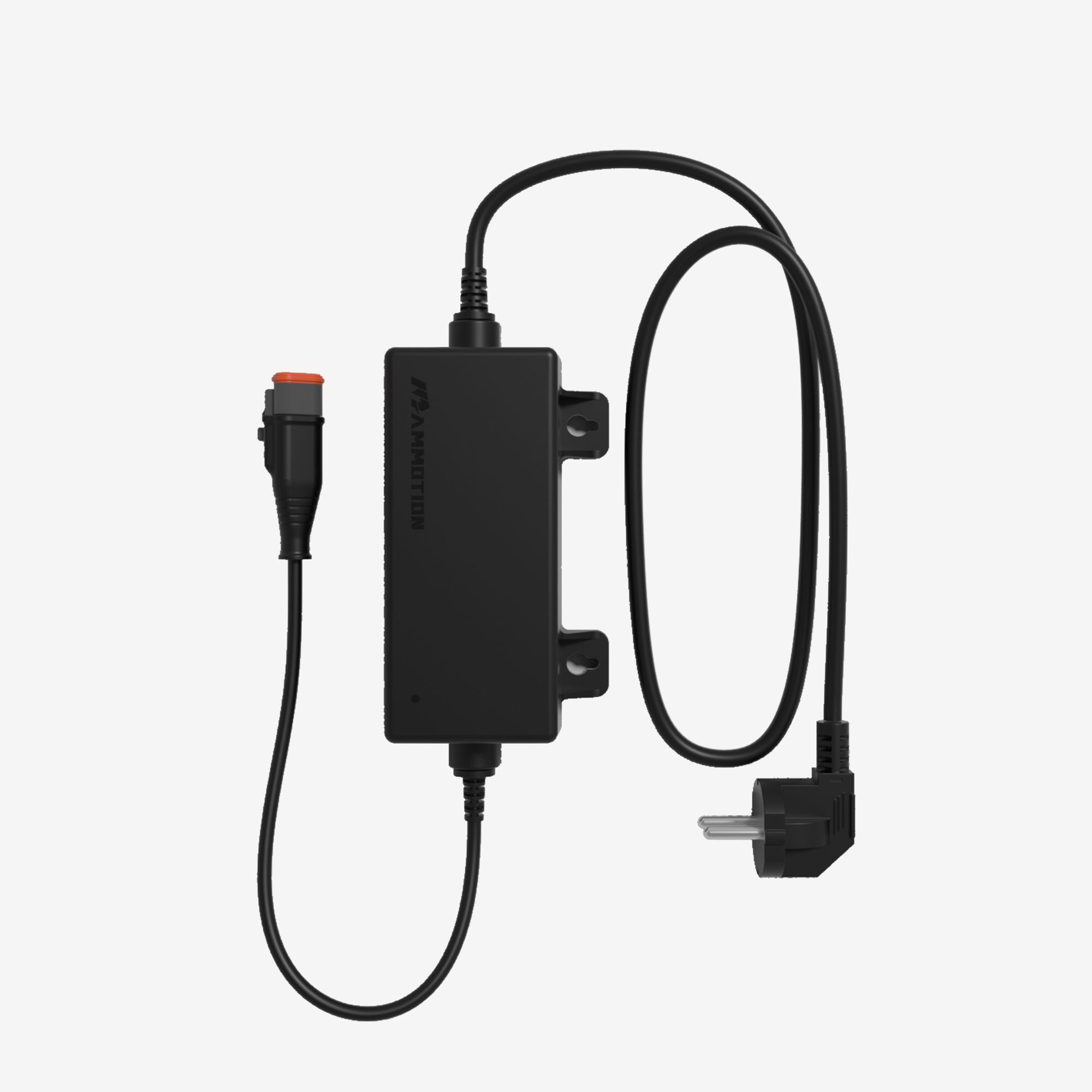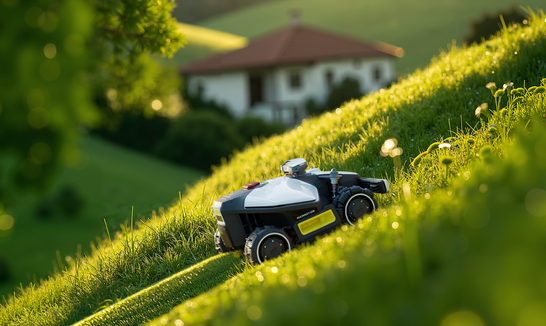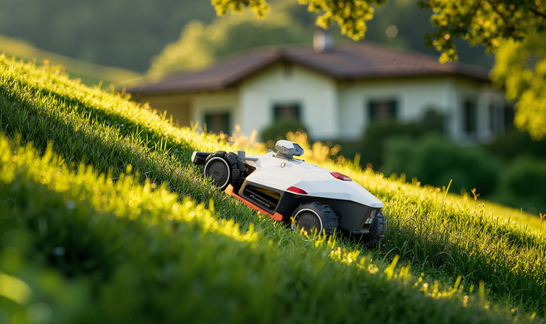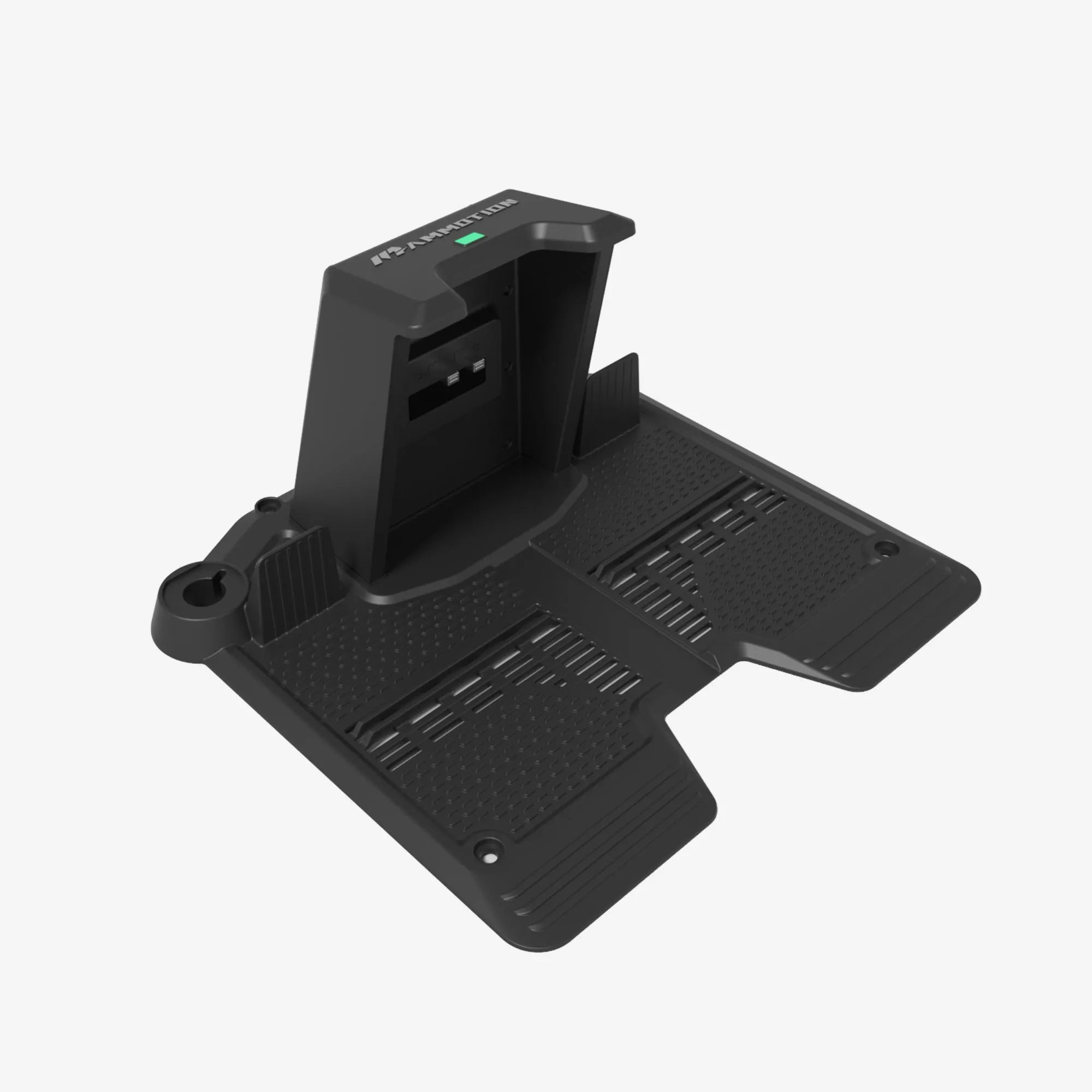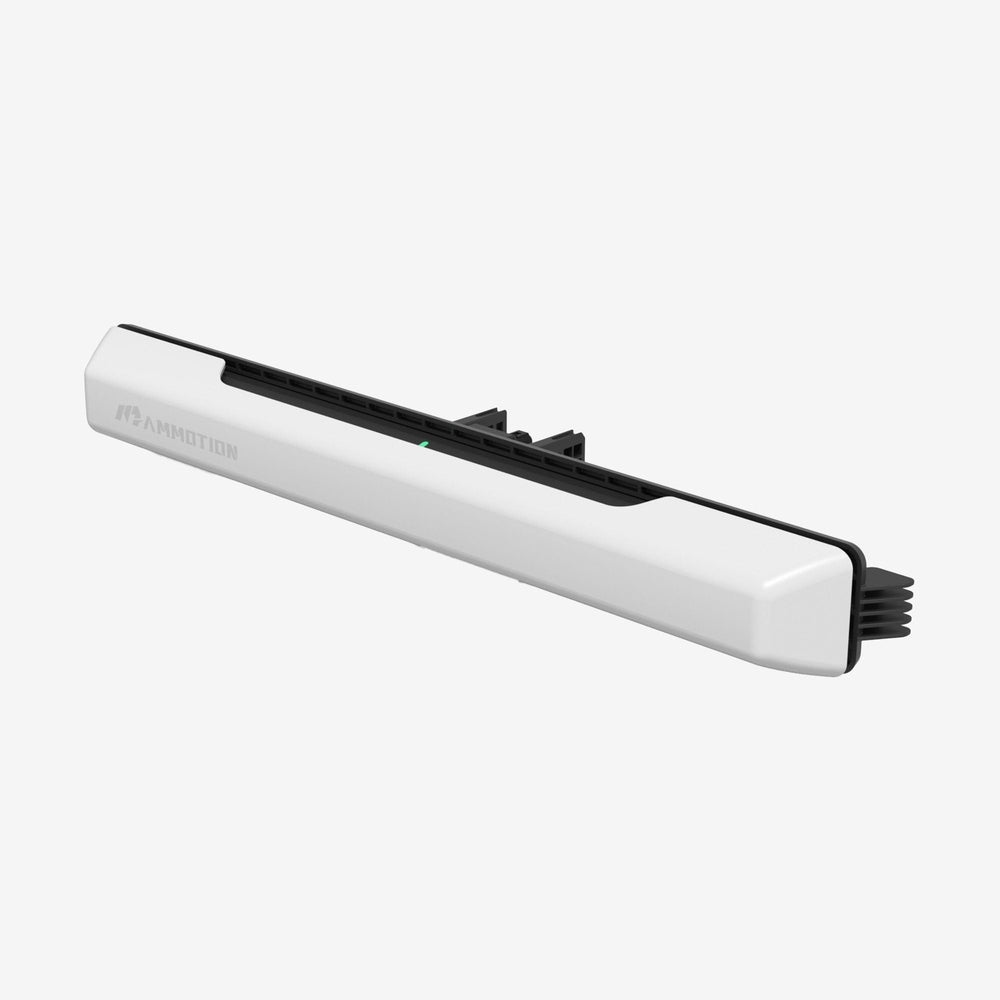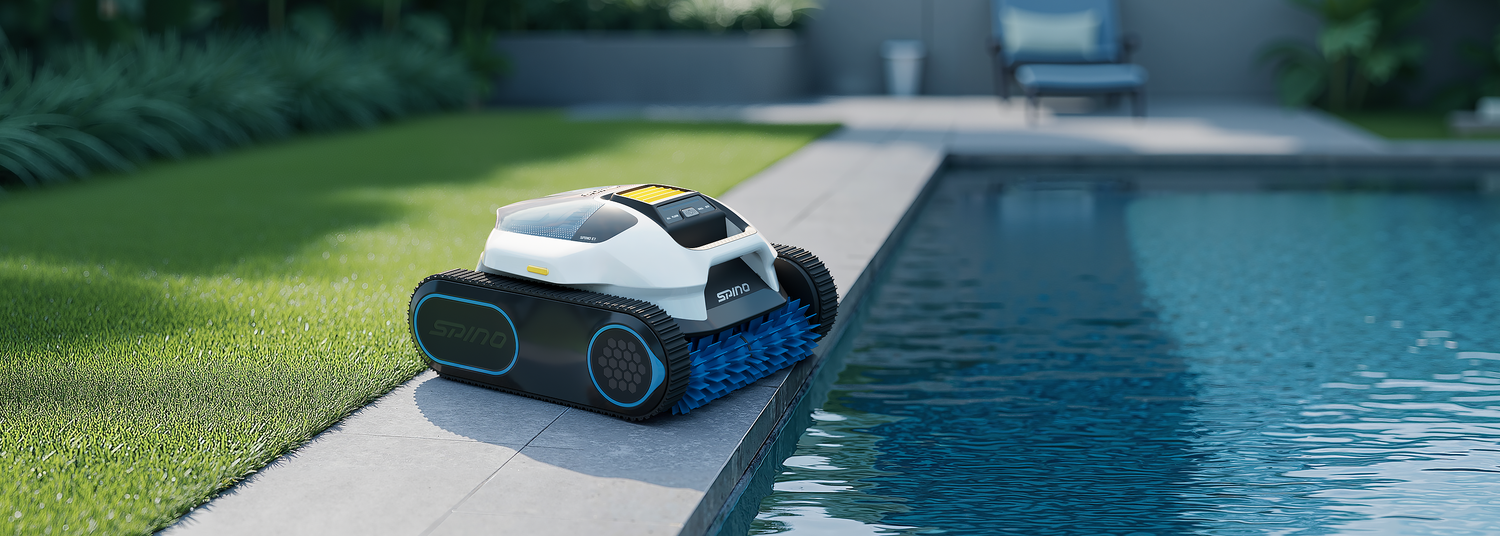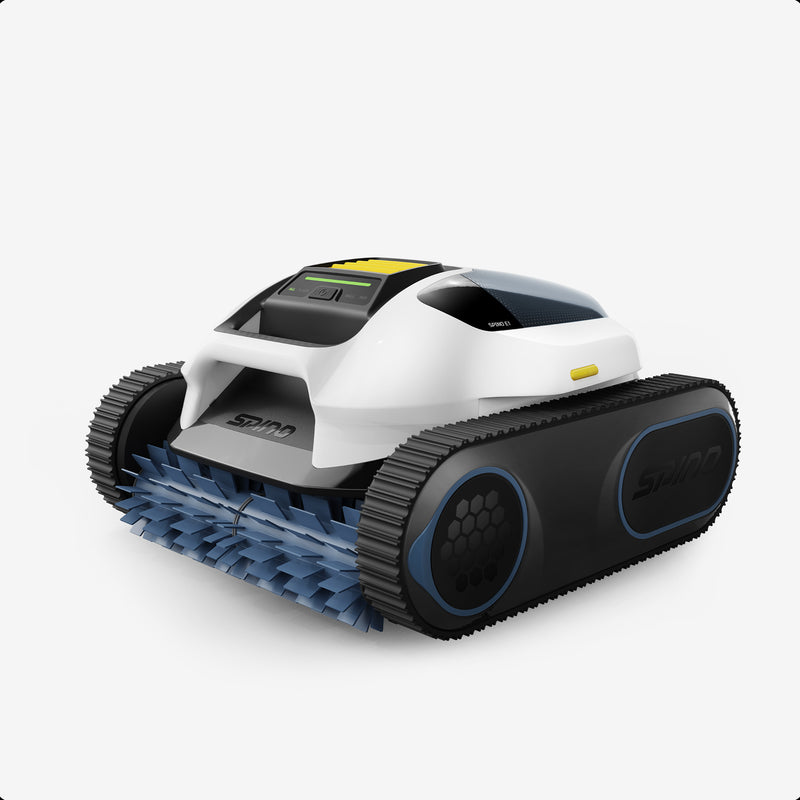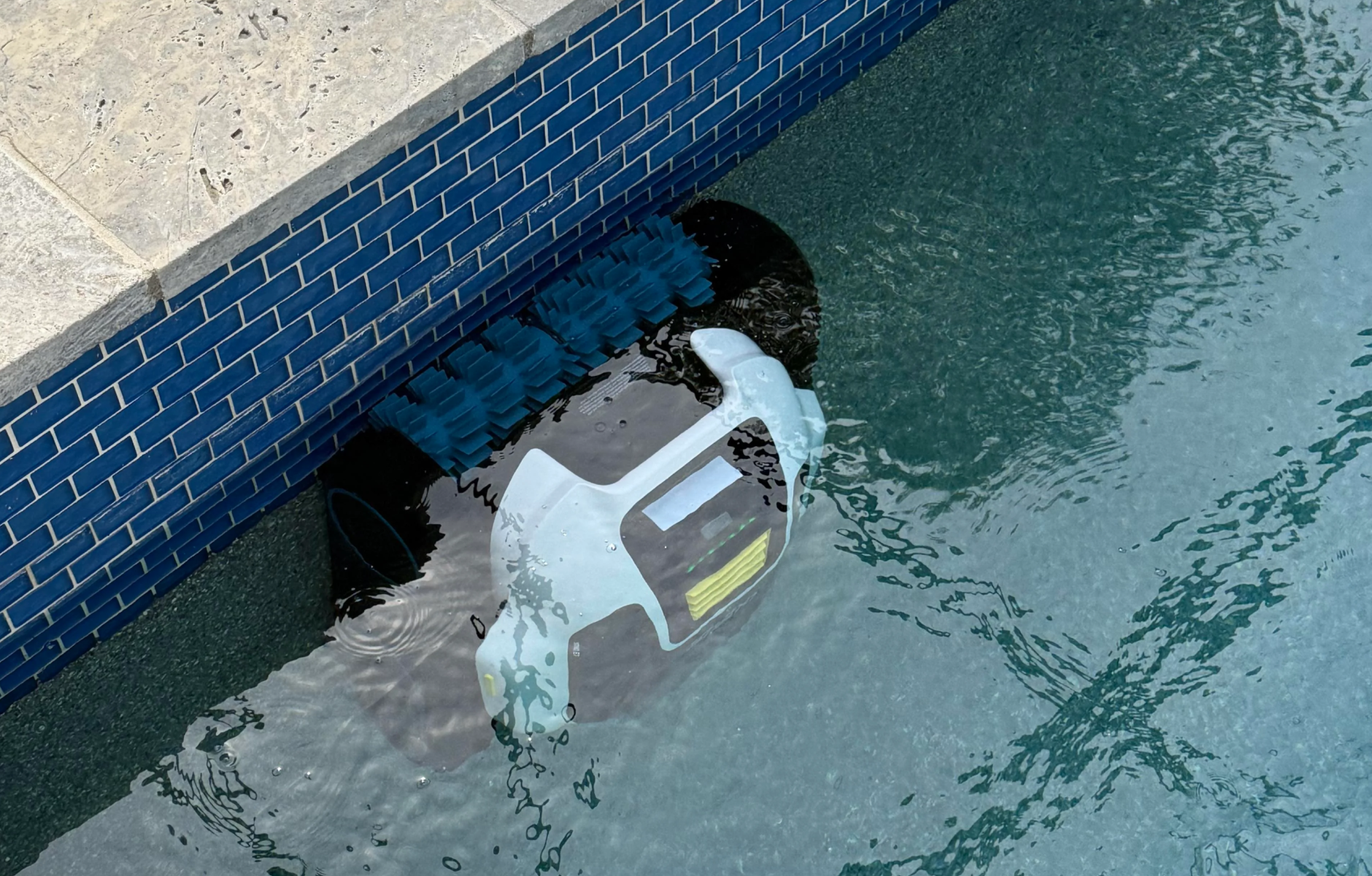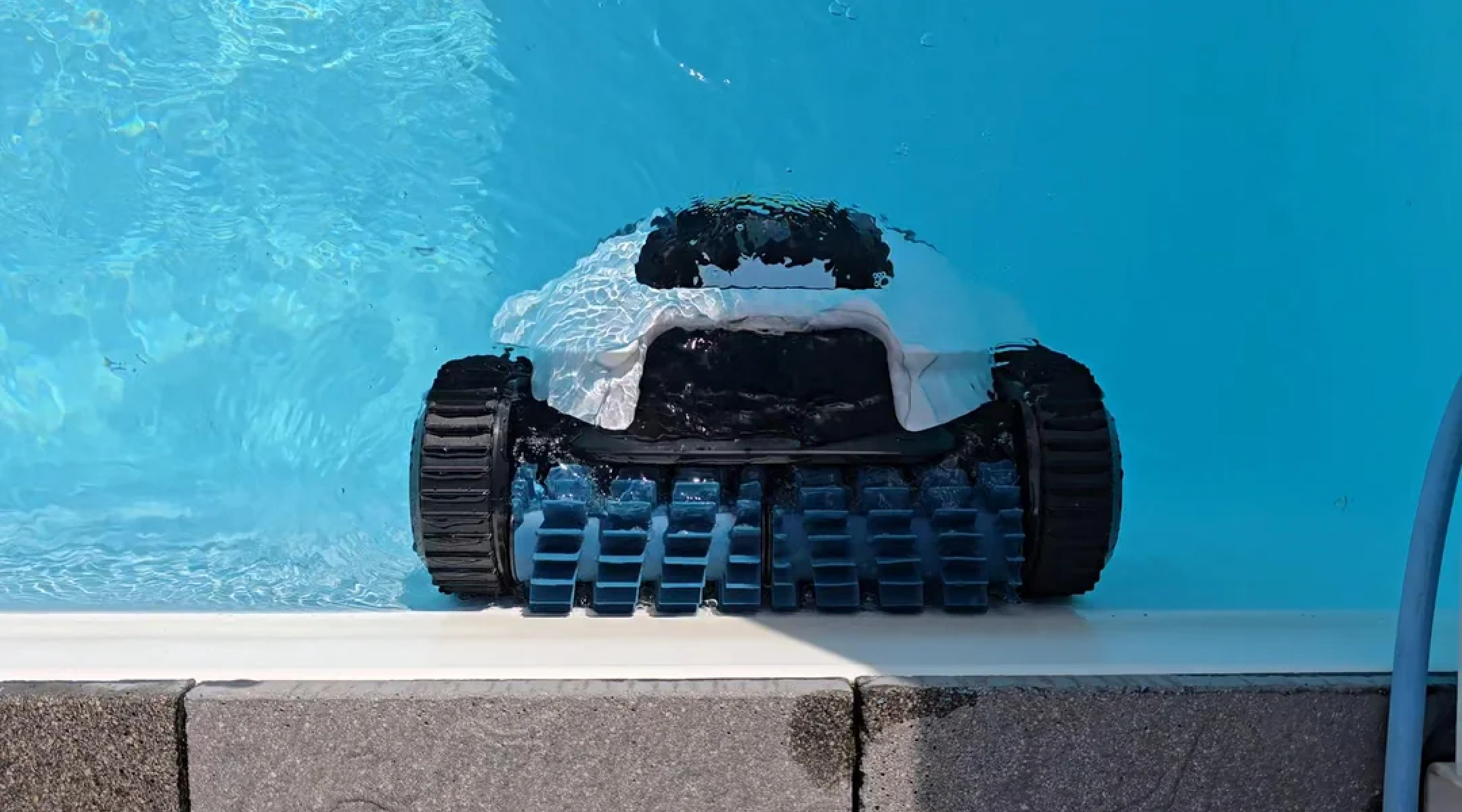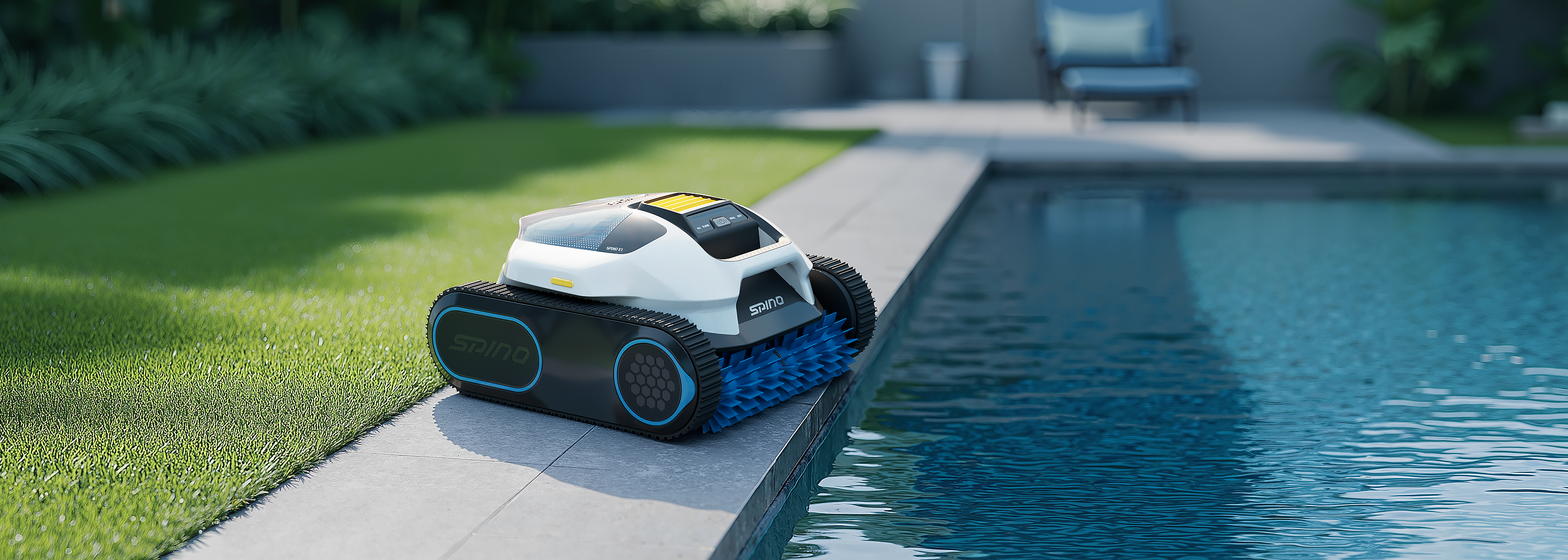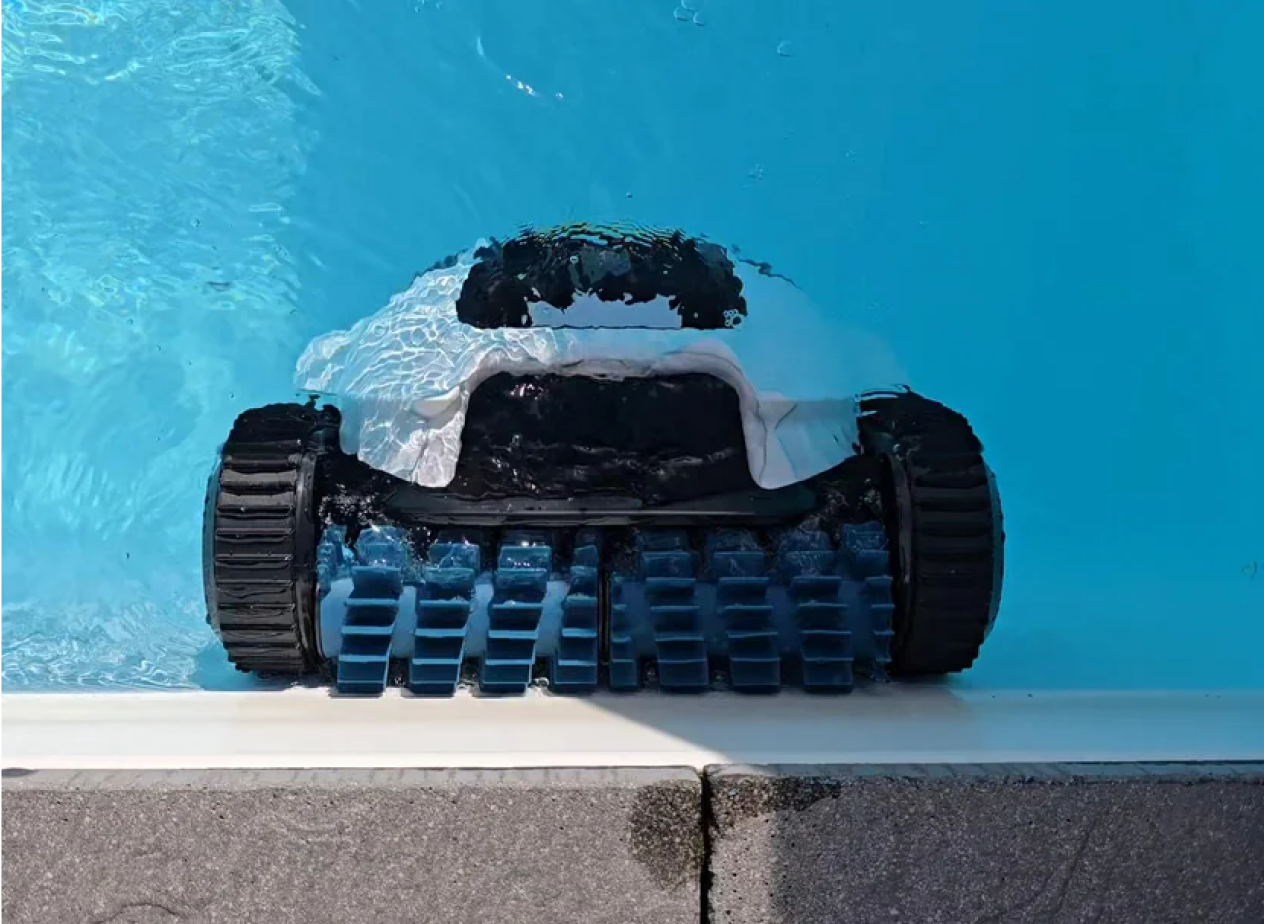If you own a garden pool, you already know that keeping it clean isn’t just a matter of aesthetics — it’s about hygiene, efficiency, and protecting your investment. But between leaves blown in from your lawn, fine debris, and unpredictable British weather, traditional cleaning methods just don’t cut it anymore. That’s where the Cleaner Pool Robot steps in.
In this complete guide, we’ll walk you through everything you need to know about cleaner pool robots — what they are, how they work, why they’re worth the investment, and how to choose the right model for your home. Whether you're new to robotic pool cleaners or looking to upgrade to a smarter system, this article is tailored to most homeowners who want a low-maintenance, high-performance pool experience. Let’s dive in.
What Is a Cleaner Pool Robot? A Complete Breakdown
When you think of pool cleaning, the image that probably comes to mind is someone manually skimming debris with a net or pushing a vacuum pole along the floor. But today, homeowners have a far smarter solution — the Cleaner Pool Robot. This isn’t just a gadget for luxury pools; it’s become a practical, time-saving tool for any garden pool, especially those surrounded by lawns that naturally contribute to leaf and dirt build-up.
1. What Exactly Is a Cleaner Pool Robot?
A Cleaner Pool Robot, also known as a robotic pool cleaner or automatic pool cleaner, is a self-contained device that moves independently across your pool floor (and often walls) to remove dirt, leaves, algae, and fine particles. Unlike suction or pressure-based systems, it doesn't rely on your pool's pump or filter. Instead, it uses its own motor, filtration system, and smart navigation software to deliver thorough, hands-free cleaning.
2. How Does It Work? Tech Behind the Robot
At the heart of a cleaner pool robot is a small, efficient electric motor that drives water through an internal filter while propelling the unit forward using wheels or tracks. Advanced units feature gyroscopic sensors or smart mapping algorithms, enabling them to clean in systematic patterns rather than random zigzags. This ensures full coverage without wasting battery or electricity.
3. Key Components and Features
Understanding a few key components can help you get the most out of your investment:
- Motor & Drive System: Controls movement and suction power.
- Filter Basket or Cartridge: Traps dirt, sand, algae, and leaves.
- Wheels/Tracks: Provides grip on slippery surfaces and walls.
- Swivel Cord or Battery Pack: Prevents tangling or ensures full mobility.
In short, a cleaner pool robot is like having a quiet, tireless pool caretaker that works while you relax — rain or shine.
Are Robotic Pool Cleaners worth it?
Yes! For many homeowners, the idea of buying a Cleaner Pool Robot might sound like a luxury — but in reality, it’s one of the smartest investments you can make for your garden pool. With rising energy costs, limited free time, and unpredictable weather patterns, automation is no longer just convenient — it’s essential. Here’s why these smart cleaning machines are becoming a must-have for pool owners.
1. Less Time, More Clean: Efficiency That Works While You Don’t
Let’s be honest — no one wants to spend weekends manually vacuuming the pool floor or fishing out leaves blown in from a freshly mown lawn. A cleaner pool robot works independently, often on a programmable schedule, meaning your pool gets cleaned even while you’re at work, on holiday, or enjoying a Sunday roast. Many models complete a full cleaning cycle in 90 minutes or less, covering walls, floors, and waterlines with consistent precision.
For busy families, elderly users, or anyone with mobility concerns, this hands-free efficiency is a game changer.
2. Eco-Friendly and Energy Smart
In a time when UK households are keeping a close eye on electricity usage, many robotic cleaners are impressively energy-efficient. Most models run on low-voltage systems, using as little as 50–100 watts per hour — significantly less than traditional filtration-based cleaners that rely on powerful pumps.
By removing debris before it clogs your main pool filter, a Cleaner Pool Robot also reduces the strain on your filtration system, helping you use fewer chemicals and extending the lifespan of your pool equipment.
3. Deeper, Smarter Cleaning Than Manual Methods
Even with the most diligent manual effort, you’ll rarely reach the level of consistency and precision a robotic cleaner offers. From ultra-fine filters that capture particles down to 2 microns, to smart sensors that adapt to your pool’s layout, these robots don’t miss a spot.
Many models can climb walls and scrub waterlines — where algae loves to settle — and some even use adaptive mapping to cover every inch without repeating the same area. The result? A consistently cleaner, healthier swimming environment for your family.

How to Choose the Right Cleaner Pool Robot for Your Pool
Not all pools — or robots — are created equal. Choosing the right Cleaner Pool Robot for your garden setup involves more than just picking the one with the highest ratings or most features. You need to consider your pool’s specific size, shape, surface type, and your own maintenance goals. This section walks you through the practical factors every UK pool owner should evaluate before purchasing.
1. Key Considerations: Pool Size, Surface, and Shape
The first thing to look at is your pool’s physical attributes. Robotic cleaners are designed for different pool types — some excel in smaller above-ground pools, while others are built for large in-ground setups.
- Pool size determines the range and cleaning time your robot needs. Make sure the model’s maximum coverage exceeds your pool’s length and width.
- Surface material matters too: concrete, vinyl, and tile have different grip needs. For example, pools with smooth tiles benefit from robots with high-traction tracks.
- If your pool is freeform or has curved edges, look for a model with advanced navigation that can adapt to non-linear shapes.
The wrong match here could lead to frustrating blind spots or wasted battery.
2. Corded vs Cordless Robots
Homeowners often wonder whether to go for a traditional corded robot or a modern cordless model.
- Corded models are powerful and can run continuously for longer cycles, ideal for large or complex pools. Look for tangle-free swivel cords to avoid issues during use.
- Cordless robots are battery-powered, offering greater flexibility, especially if your garden pool doesn’t have a convenient power outlet nearby. Most offer 60–210 minutes of runtime and recharge in under 4 hours.
If your pool is relatively small and you prefer a plug-and-play option, cordless might be the way to go.
3. Filtration & Cleaning Performance
One of the biggest performance differences lies in how fine a robot can filter and how well it handles debris. Look for these specs:
- Micron level: Top-tier cleaners can capture dirt as fine as 2–5 microns — that’s smaller than pollen or fine sand.
- Filter type: Mesh baskets are easier to rinse, while cartridge systems may trap more but need more thorough cleaning.
- Debris handling: Live near trees or mow frequently? Choose a model that can handle large leaves, twigs, and grass clippings without clogging.
This is particularly important for UK homes with surrounding lawns, as cuttings and organic material often find their way into the pool.
Trusted Brands & Top-Rated Models in the UK
Based on real homeowner reviews and field performance, a few robotic pool cleaner brands consistently perform well in the UK:
- Mammotion: The latest pool robot - SPINO E1 is now online, with a cleaning area of up to 150 square metres and 210 minutes of non-stop operation. There are also 4 cleaning modes to choose from.
- Dolphin (by Maytronics): Known for durable construction and smart navigation. Models like the Dolphin E20 or Explorer are popular in mid-sized pools.
- Zodiac: Offers strong wall-climbing abilities and large filter baskets — great for leaf-heavy environments.
Before purchasing, always check whether the model is rated for UK voltage (220–240V), and whether local support or spare parts are available.
Proper Use & Maintenance of Your Cleaner Pool Robot
Buying a Cleaner Pool Robot is only the first step. To get the best results — and extend the lifespan of your investment — proper setup and regular maintenance are key. Many UK pool owners unintentionally reduce the performance of their robots by neglecting basic upkeep or using them incorrectly. Here’s how to keep your robotic cleaner running smoothly, season after season.
1. First-Time Setup & Calibration
When your robot first arrives, don’t just drop it in and hit “start.” Take time to:
- Read the manual thoroughly — especially for UK-specific models with different voltage requirements.
- Charge it fully if cordless, or ensure a safe, dry mains outlet if using a corded model.
- Place the robot gently into the pool while it’s off to prevent air bubbles in the motor.
- If your robot has a smart navigation feature, let it complete a full cleaning cycle uninterrupted on the first use — this helps it map the pool accurately.
Some models also allow app-based controls to schedule cleaning or adjust patterns — don’t skip setup just because it “works out of the box.”
2. Routine Cleaning and Filter Checks
To keep robot cleaning performance high and prevent clogging:
- Empty the filter basket or cartridge after every cleaning session. Even if it doesn’t look full, trapped fine debris can reduce suction.
- Rinse filters with a garden hose, and deep-clean weekly if pollen, sand, or grass are common in your pool.
- Check the impeller and brushes for tangled leaves, hair, or small twigs — especially important if you have trees or freshly cut lawn nearby.
- Store your robot in a shaded, dry area, preferably off the ground, to avoid UV damage or water pooling inside components.
3. Troubleshooting: Common Issues and Fixes
Even the best pool robots encounter occasional hiccups. Here are some common UK user complaints — and how to solve them:
- Robot stops mid-cycle? It could be a low battery or overheating motor. Let it cool down before restarting.
- Only cleaning part of the pool? Clean the sensors or camera lenses (if equipped), and check for obstructions in the wheels.
- Tangled cord? Use a swivel cable or unplug and lay it out straight after each use to avoid memory kinks.
- Struggles with walls? Some robots need to be turned on underwater to activate climbing mode correctly.
With simple weekly attention, most modern cleaner pool robots will last 5–7 years or more — a small effort for major long-term value.
Cleaner Pool Robot FAQs:
1. Are robot pool cleaners worth it?
Absolutely. For busy homeowners, a Cleaner Pool Robot saves hours of manual scrubbing and skimming. It delivers reliable, scheduled cleaning and maintains water clarity better than occasional manual efforts, making it a valuable long-term investment into pool hygiene and convenience.
2. Which is better: suction or robotic pool cleaner?
Robotic pool cleaners outperform suction-side units by using their own motors and filters, offering finer debris capture—even down to a few microns—and climbing walls—features not found in suction cleaners. They don’t rely on your pool pump, so they’re more efficient and thorough.
3. How much do robot pool cleaners cost?
Entry-level models start around £300–£400, while feature-rich units (mapping, smart scheduling, large filters) can cost £700–£1,200+. Premium professional-grade machines may exceed this. Value lies in longevity, reduced chemical use, and energy savings over time.
4. What are the disadvantages of robotic pool cleaners?
The main drawbacks include higher upfront costs and the need for basic maintenance (emptying filters, untangling cords). Some models may struggle with very large debris. Battery-powered units require recharging. However, these are minor compared to their benefits.
5. Do I need to brush my pool if I have a robot?
You’ll still need to brush sparingly. While robots clean floors, walls, and waterlines, manual brushing helps with stubborn algae or corners. Occasional brushing—once every couple of weeks—keeps your Cleaner Pool Robot working efficiently.
6. What is the lifespan of a robotic pool cleaner?
Most well-maintained robots last 4–7 years, with several users reporting 5 years or more, and some even reaching over a decade with repairs. Lifespan depends on usage, care, and water chemistry.
7. Do robotic pool cleaners use a lot of electricity?
Not at all. They typically use 100–200 W, about the same as a light bulb. A 2-hour cleaning cycle may use 0.2–0.4 kWh—costing only a few pence in the UK—far less than pump-driven systems.
8. Can you leave a robotic pool cleaner in the pool?
It’s best to remove it after each cleaning cycle to protect it from chlorine saturation and UV exposure. Some models allow continuous eco-modes, but long-term immersion can degrade seals and electronics.
9. Do pool robots remove algae?
Yes — most cleaners scrub walls and waterlines, disrupting early algae growth. Combined with fine filters, they reduce nutrient reservoirs. However, heavy blooms may still need chemical treatment first.
10. How long can a pool robot stay in water?
Technically, many are sealed for prolonged immersion, but manufacturers typically advise removal after each cycle to protect internal components. If left in continuously, monitor its condition regularly.
Conclusion: A Smarter Way to Maintain Your Pool
Owning a pool in the UK is a joy — but maintaining it shouldn’t be a chore. A Cleaner Pool Robot is more than just a gadget; it’s a long-term ally in keeping your water sparkling, your time freed up, and your lawn-pool ecosystem working in harmony.
From effortlessly capturing grass clippings and fine debris to reducing chemical usage and energy consumption, robotic pool cleaners are redefining smart outdoor living. Whether you have a compact above-ground pool or a custom-built in-ground design beside your lawn, there’s a robotic solution that fits your garden’s rhythm.
We also highly recommend trying Mammotion's SPINO E1 Cleaner Pool Robot if you're unsure. Pre-orders are now open and you can get it at a great price. And while the upfront investment may seem significant, the return comes in the form of fewer hours cleaning, lower energy bills, and longer-lasting pool equipment. Contact us if you have any questions.



